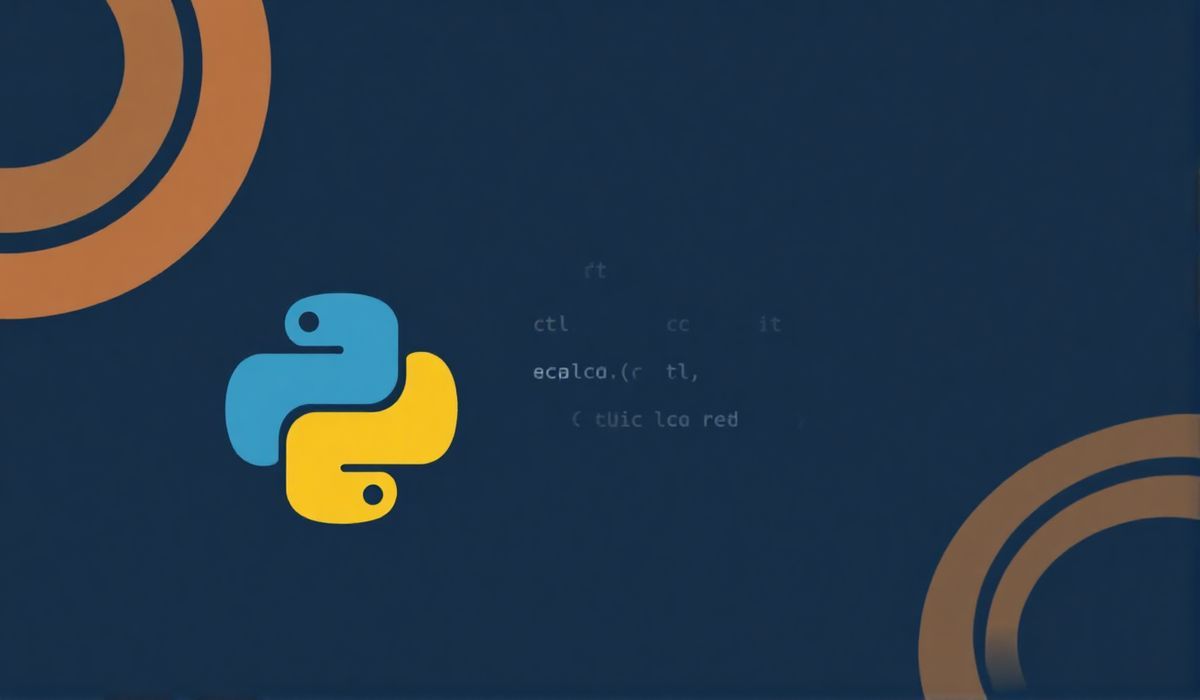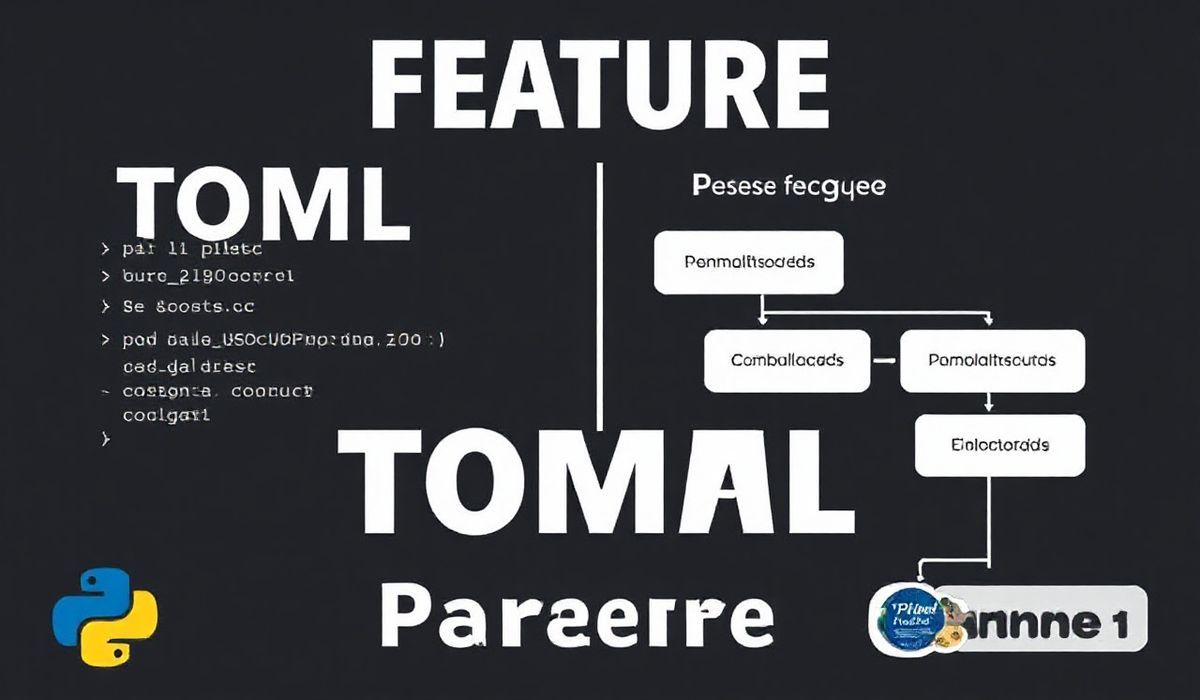Introduction to Okta Auth JS
Okta Auth JS is a powerful JavaScript library that enables seamless authentication and user management within your applications. This guide will delve into its myriad APIs and provide code snippets to illustrate their usage. Moreover, we will show you how to integrate these APIs into a sample application.
Getting Started with Okta Auth JS
// Install the Okta Auth JS package
npm install @okta/okta-auth-js
Initializing the Okta Auth Client
import { OktaAuth } from '@okta/okta-auth-js';
const config = {
clientId: 'your-client-id',
issuer: 'https://{yourOktaDomain}/oauth2/default',
redirectUri: 'http://localhost:8080/callback'
};
const oktaAuth = new OktaAuth(config);
User Authentication APIs
Sign In
const signIn = async (username, password) => {
try {
const transaction = await oktaAuth.signIn({ username, password });
if (transaction.status === 'SUCCESS') {
oktaAuth.token.getWithRedirect({
sessionToken: transaction.sessionToken
});
}
} catch (err) {
console.error(err);
}
};
Sign Out
const signOut = async () => {
await oktaAuth.signOut();
};
Get Tokens
const getTokens = async () => {
const tokens = await oktaAuth.token.parseFromUrl();
oktaAuth.tokenManager.setTokens(tokens);
};
Refresh Token
const refreshToken = async () => {
const newTokens = await oktaAuth.tokenManager.renew('idToken');
oktaAuth.tokenManager.setTokens(newTokens);
};
User Management APIs
Get User Info
const getUser = async () => {
const userInfo = await oktaAuth.token.getUserInfo();
console.log(userInfo);
};
Forgot Password
const forgotPassword = async (username) => {
try {
await oktaAuth.forgotPassword({ username });
console.log('Password reset email sent.');
} catch (err) {
console.error(err);
}
};
Sample Application
Below is a basic example demonstrating how Okta Auth JS can be seamlessly integrated into a Vanilla JavaScript application for authentication.
//index.html
Okta Auth JS Example
Welcome to Okta Auth JS Example
//main.js
import { oktaAuth } from './oktaConfig';
document.getElementById('loginButton').addEventListener('click', async () => {
const username = document.getElementById('username').value;
const password = document.getElementById('password').value;
try {
await signIn(username, password);
const userInfo = await getUser();
document.getElementById('userInfo').textContent = `Welcome, ${userInfo.name}`;
} catch (err) {
console.error(err);
}
});
document.getElementById('logoutButton').addEventListener('click', async () => {
try {
await signOut();
document.getElementById('userInfo').textContent = 'You have been logged out.';
} catch (err) {
console.error(err);
}
});
By following this guide, you should be well-equipped to implement Okta Auth JS within your JavaScript applications, ensuring secure and efficient user authentication and management.
Hash: 7d2702e5fe1cc6cc6ae6e5f001bf98e7d704333d0c439befbf64611e9718ff2a




